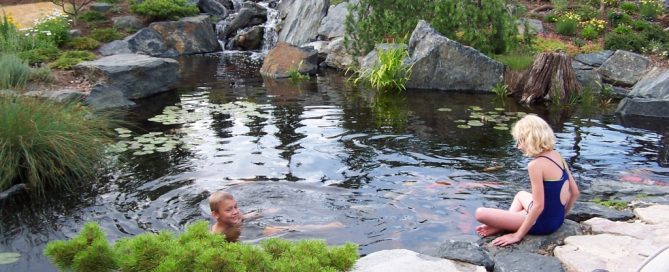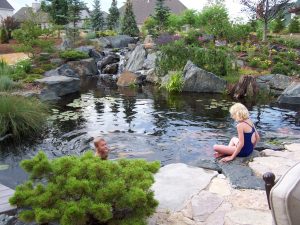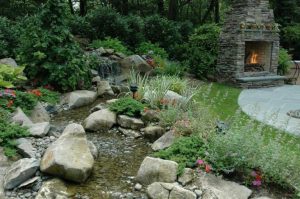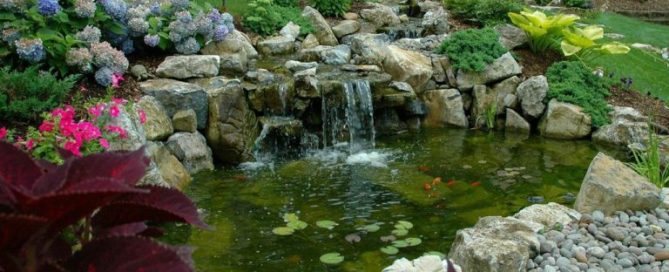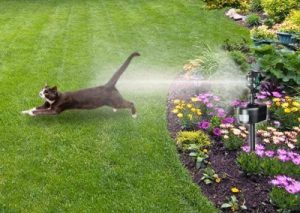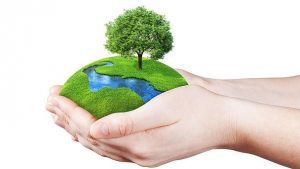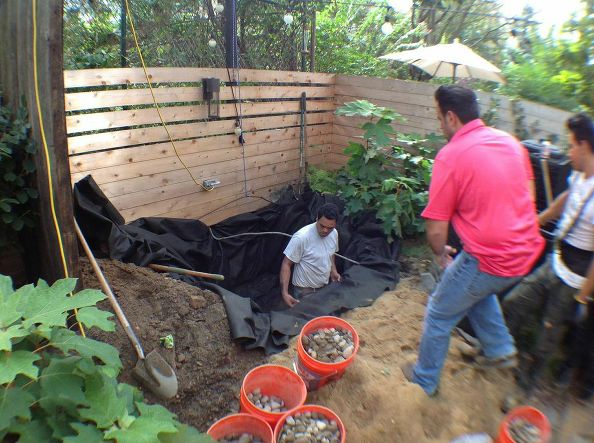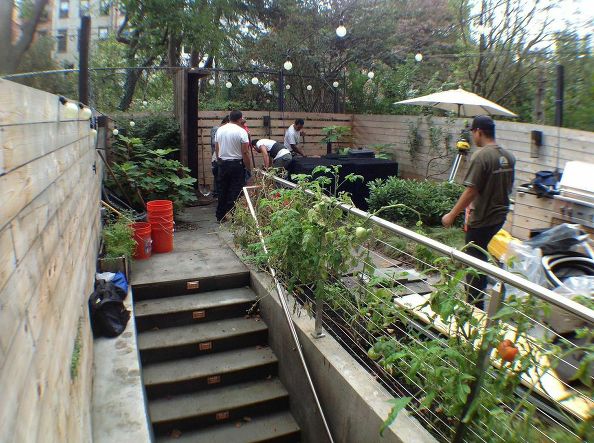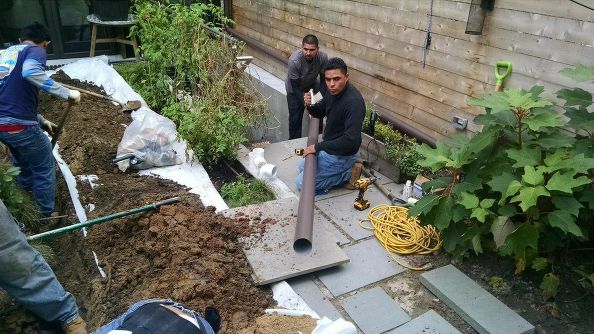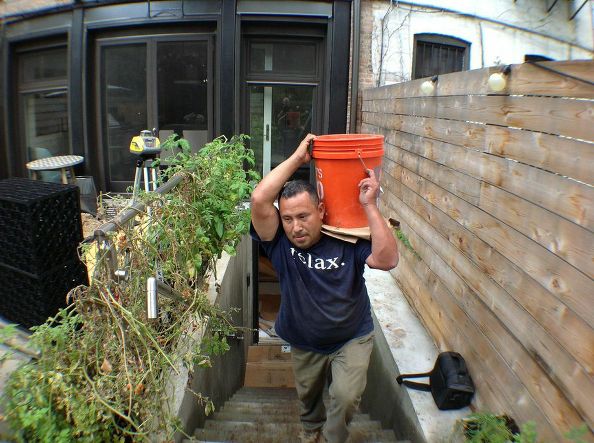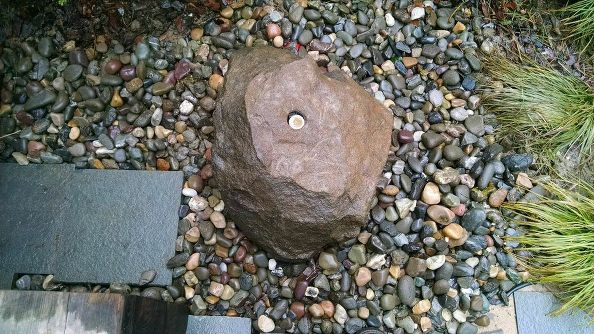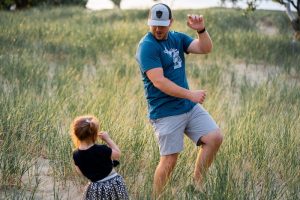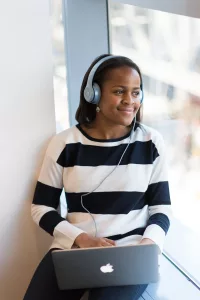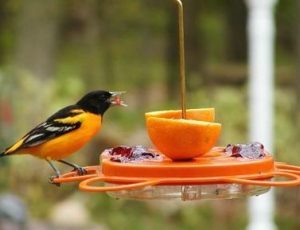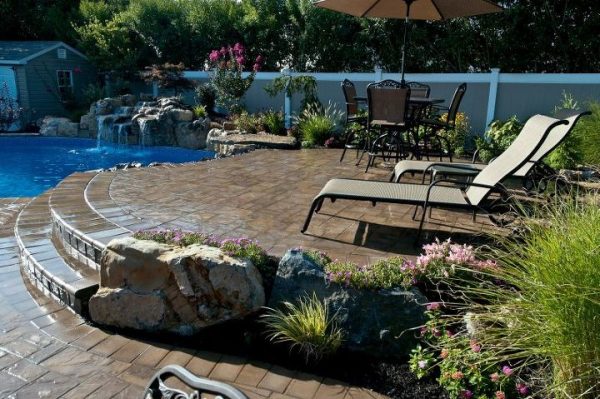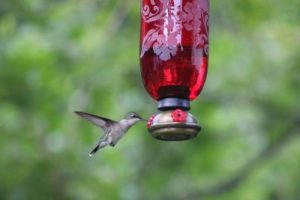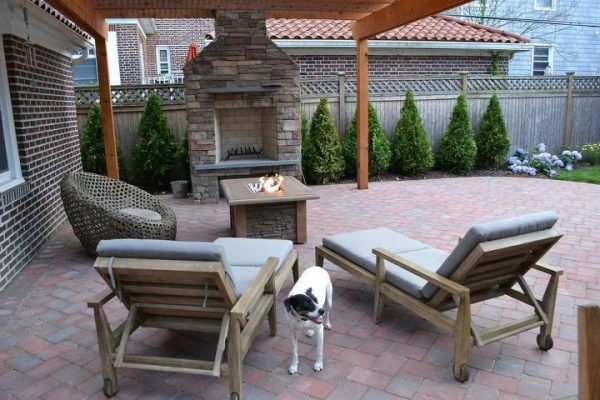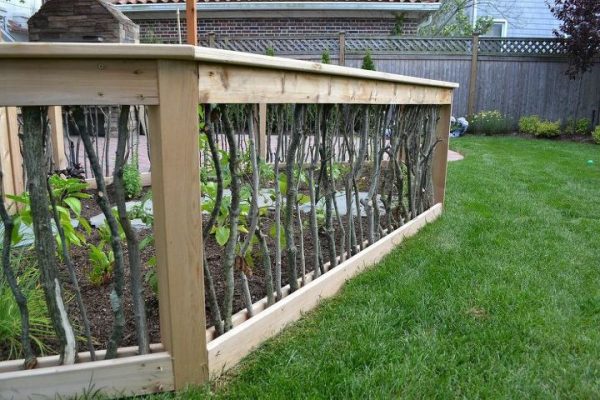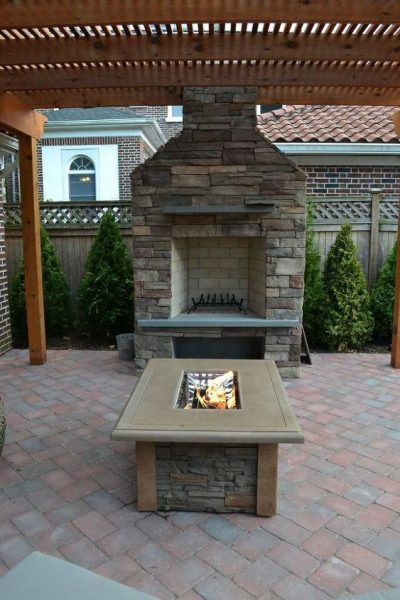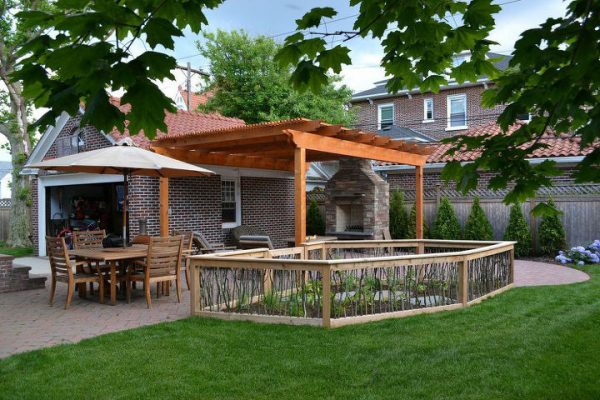Pond-side Living: The Home-Refuge You Never Knew You Wanted
Just about every one on Long Island has a “can’t wait to do” list for when social distancing is over. Being locked down has been a struggle. Every inch of our properties, inside and out, have been under family microscopes — causing us to make still another list: “must-have improvements” as soon as possible!
This week, Deck and Patio is focusing on a landscape idea for that second list. A landscaping transformation that will be enjoyable for the whole family.
Imagine for a moment an eco-friendly water garden, steps from your door. A water feature that provides endless hours of entertainment and draws family members outside, together or on their own. An outdoor spot alive with interest and stimulation that is a delight in all seasons.
This home-refuge idea is: Pond-side living.
Ponds in Spring
As the weather warms, pond fish come out of winter hibernation. As koi lethargy turns to activity, inactivity in the family is also overcome. Children want to run outside and feed them. Even Fido is thrilled.
With flowers blossoming, trees budding, pond-side in spring is a paradise for families. Not only are pond fish a delight to study but a healthy pond attracts more birds, a few frogs, etc. Backyard strolls are enjoyed with a symphony of birdsongs and croaks — melting any winter-built-up tensions away.
We should add, spring is also a time for pond cleaning and maintenance: the removal of debris, revving up of the filtration system, installing a pump or skimmer, and sometimes changing the water.
“Having designed and built over 300 ponds on Long Island, Deck and Patio has our share of spring pond maintenance contracts,” says Dave Stockwell. “Spring pond maintenance isn’t all that hard really. Frankly, we specialize in creating low-maintenance ponds. Their ecosystems work naturally with Mother Nature to keep the pond clean and clear. So very often the maintenance is minimal.”
Ponds in Summer
If your pond was designed to be a natural swimming pond, summer is a wonderful time for pond-side living. Regular swimming pools are terrific, too, but there’s not much to see when snorkeling in a concrete pool.
Another pleasure of a natural swimming pond is the lack of chemicals. This means you’ll run across the odd dragonfly flitting across your pond’s surface. You may also spy a salamander at its edge. And frogs (who eat the more undesirable insects around your pond) may parent some tadpoles in any natural pond. That aside, swimming in a well-maintained pristine natural pond is not just possible, it is thrilling. Children and adults alike love it.
Whether or not it’s a swimming pond, most ponds are designed with waterfalls which add to the peaceful enjoyment while they aerate the water. The sounds of moving water is as good for relaxing as a massage.
Reading a book next to a water garden or dining al fresco with the family is a wonderful way to spend summer hours.
This pond project by Deck and Patio included a new deck with a viewing platform where the family can dine and enjoy the pond and its robust landscaping. After dinner they can walk across a set of large stepping stones to view the pond from another vantage point.
Ponds in Fall
As long as the weather permits, family pond enjoyment continues well into autumn. The fish continue swimming about and wanting to be fed as long as the water temperature is above 60 degrees.
The addition of an outdoor fireplace, fire pit or fire table — perhaps at the edge of a patio or deck — makes the whole experience that more relaxing, extending the outdoor season.
And can you imagine a more peaceful spot to watch the trees turn from a bright green to yellow, crimson and orange?
From spring through fall, your pond will be the hobby of the whole family. It’s perfect for relaxing or dining beside, koi keeping, nature study, and water gardening.
Note: As the weather cools and fall arrives, once again there’s some maintenance to get the pond ready for winter.
Ponds in Winter
Some pond lovers say the real magic begins in winter. True, you won’t be sitting or dining pond-side when it’s really cold or wintry. However, ponds can help create a winter wonderland that is delightful during crisp winter walks.
Indeed, many people love to be outdoors in winter. A popular trend these days is creating a winter walk “event” for strolling by lighted trees or bushes, a fully-operating water feature with waterfalls, and even skating on your pond-rink. While it may take some preparation and care to create a safe rink, it is very doable.
As for your pond’s fish, Dave Stockwell says it is a common myth that you can’t leave your pond fish outside once the cold sets in.
“Actually, fish do just fine during winter. That said, I always caution pond owners to be alert. When ice covers the pond, the fish might not be getting enough oxygen.” To learn more about that, click here.
Pond-side living is a home-refuge gift for all seasons. A gift that, until the recent pandemic, you may never have known you wanted.
Blog photos: With the exception of our feature photo at the top of the page all photos are of Deck and Patio ponds. The feature photo is from a blog post on Aquascape Inc.’s website, titled: “Growing Up Around a Pond.” The writer included this photo of her son encouraging a friend to join him in the pond. Photo: Courtesy of Aquascape Inc.

